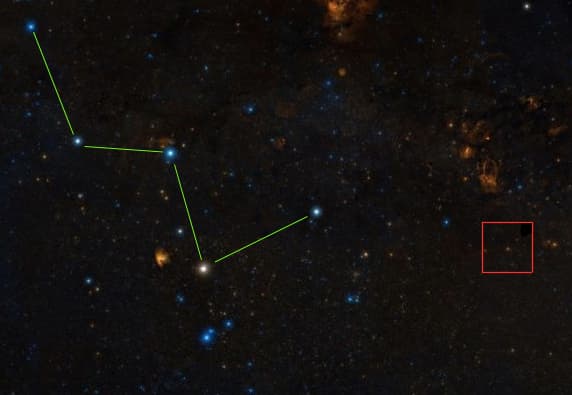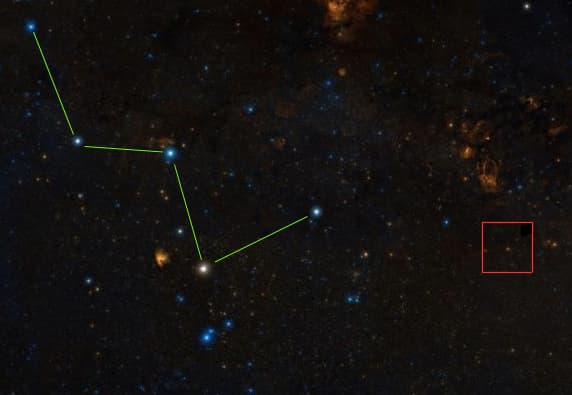In the almost 20 years since the discovery of the first exoplanet orbiting a main-sequence star, we have gone from thinking that planets are a cosmic curiosity to a common feature of the Universe.
The race is on to find a true Earth twin, to measure an exoplanet atmosphere or, when the James Webb Space Telescope becomes operational to finally snap a photo of one. Understanding the variety of planetary objects will help us explain how our own solar system came to form.

Now we’ve found a system with a few terrestrial planets around a star visible to the naked eye, its name is HD 219134 and its a minor star in the constellation of Cassiopeia. The star is a 5th magnitude star which means it is visible in the night sky (unless you’re in a city or under a suburban bright sky, sorry – I feel your pain). It is a K star meaning it is cooler and smaller than our Sun. The system is 21 light years away, truly in our stellar neighbourhood. Unfortunately, life on that planet would be very different from Earth: the terrestrial planets orbit the star in 3 and 7 days. They weigh 4.5 and 2.7 times the mass of the Earth, respectively. The planet was detected by the Italian Telescopio Nazionale Galileo in the Canary Islands using HARPS-N: an instrument that measures the wobble (technical term, I swear) of the star. The discovery was subsequently observed by the Spitzer telescope by observing the exoplanets transiting in front of the star.
They are clearly not suitable candidates for life sustaining planets, but we are getting closer to finding traces of life close to us.

